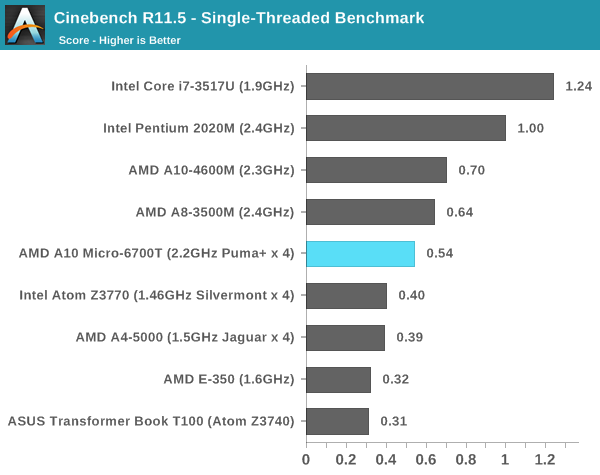I'm not saying that what you're saying can't be true, but if it is, then it raises some questions about the design decisions of Hawaii and in fact - almost every other GCN GPU out there since they're all generally more CU heavy compared with other resources than the PS4 is. In fact far from being CU heavy as is the claim of this thread, the PS4 is one of the lightest CU GCN designs. Is it really reasonable to expect that Pitcairn launched over 2 years ago was more compute focused than the PS4?
Isn't one if the easiest solutions just wondering if it's CPU limited?
Was looking at Anandtech's Beema/Mullins review, which features the Puma CPU which is the successor to Jaguar. This 4 core, ~4.5 watt part that goes in tablets can easily outpace 4 Jaguar cores in single threaded loads (partly because it can clock up to 2.2 ghz, versus a lowly 1.6 for PS4 CPU).
Basically we forget just how lightweight these consoles CPU's are probably.

It would have been nice to get that Puma part in consoles just for the higher clockspeed.
